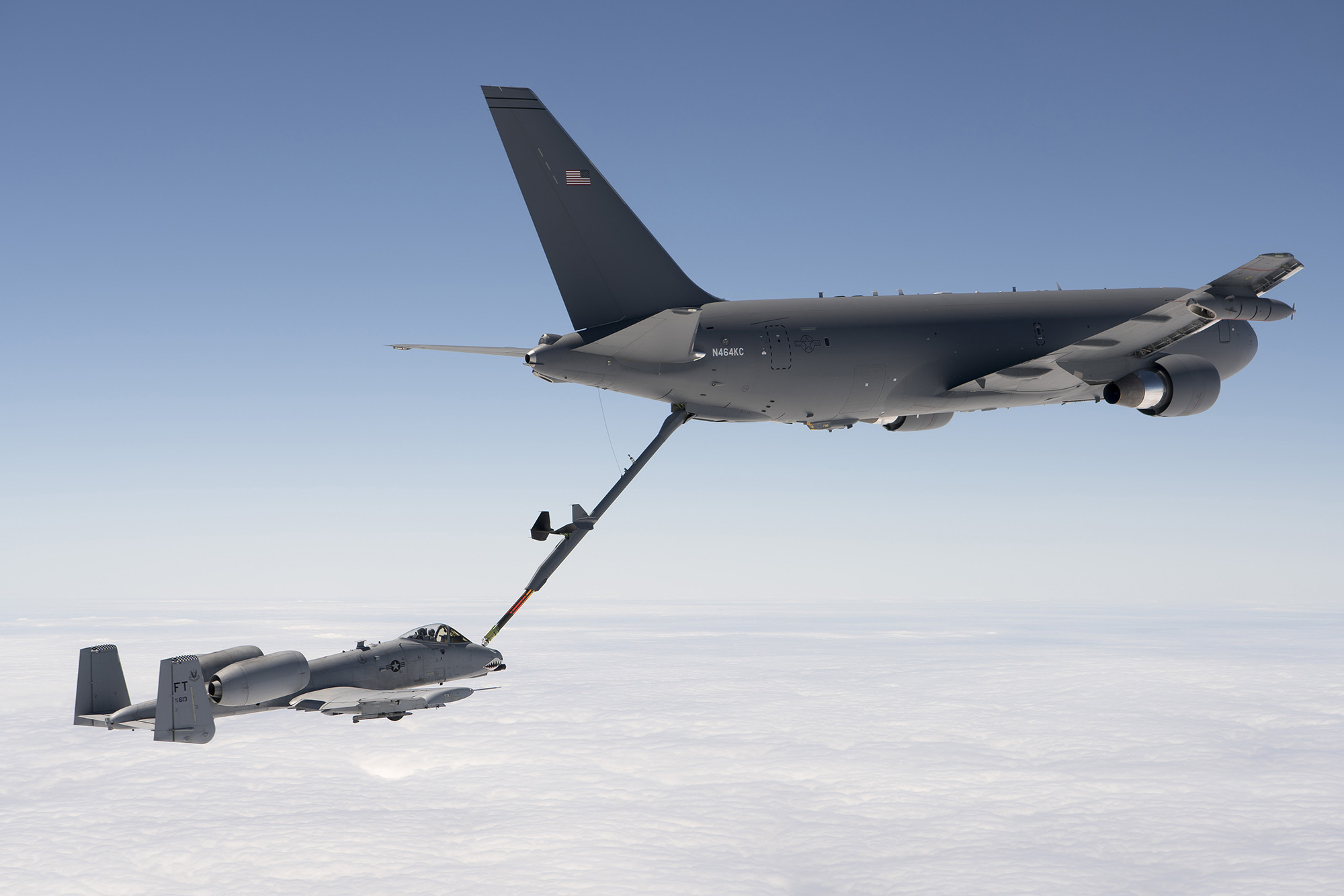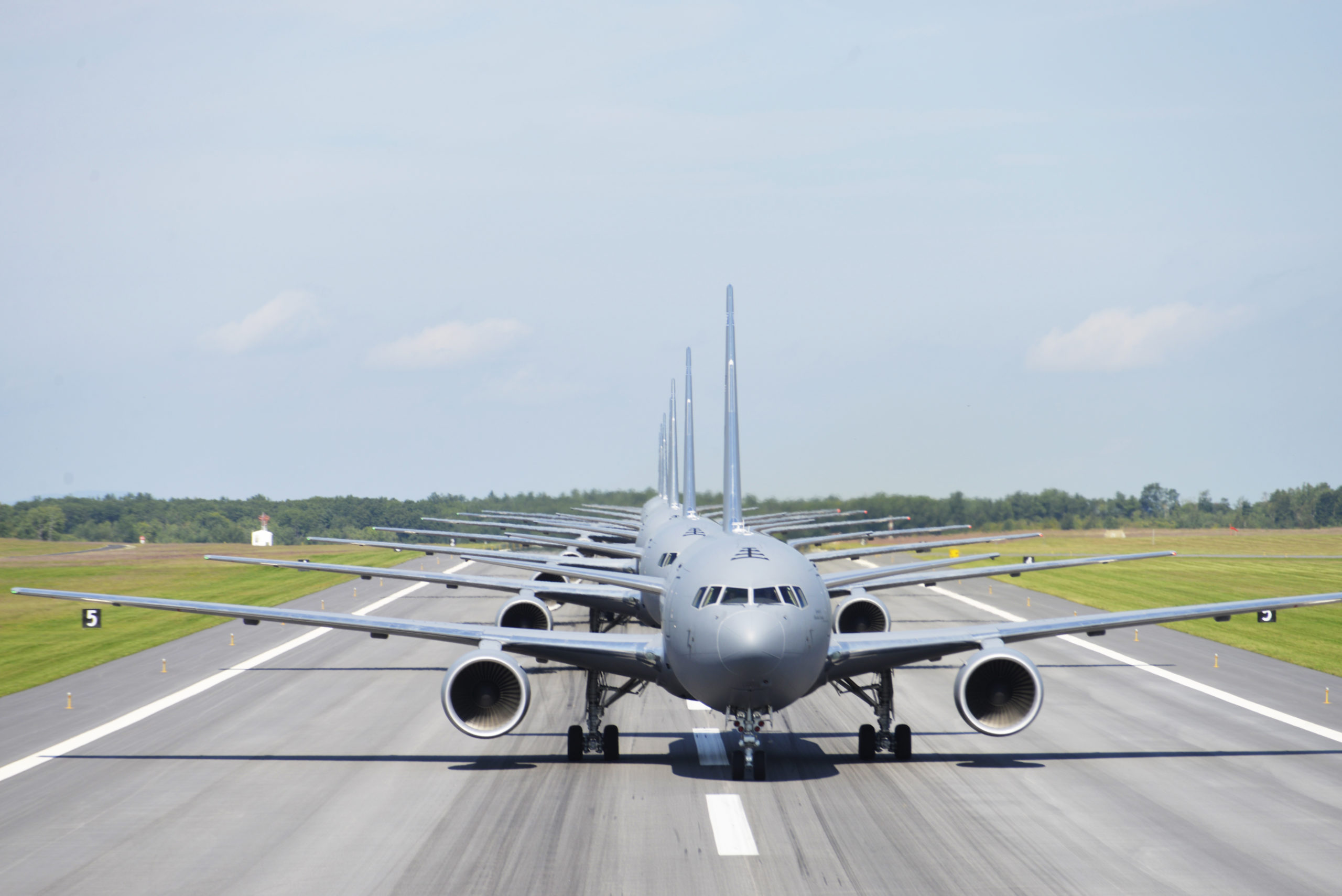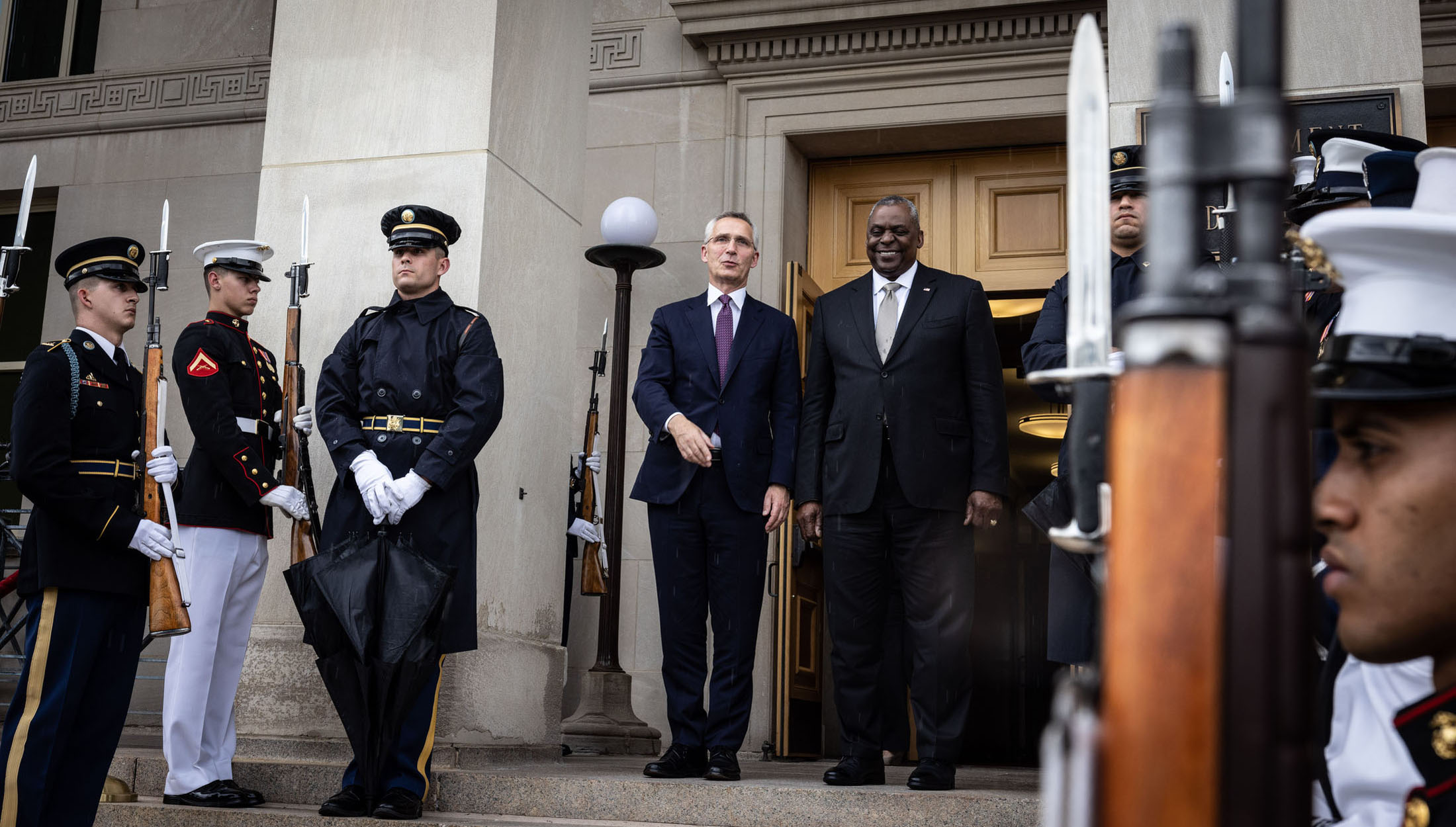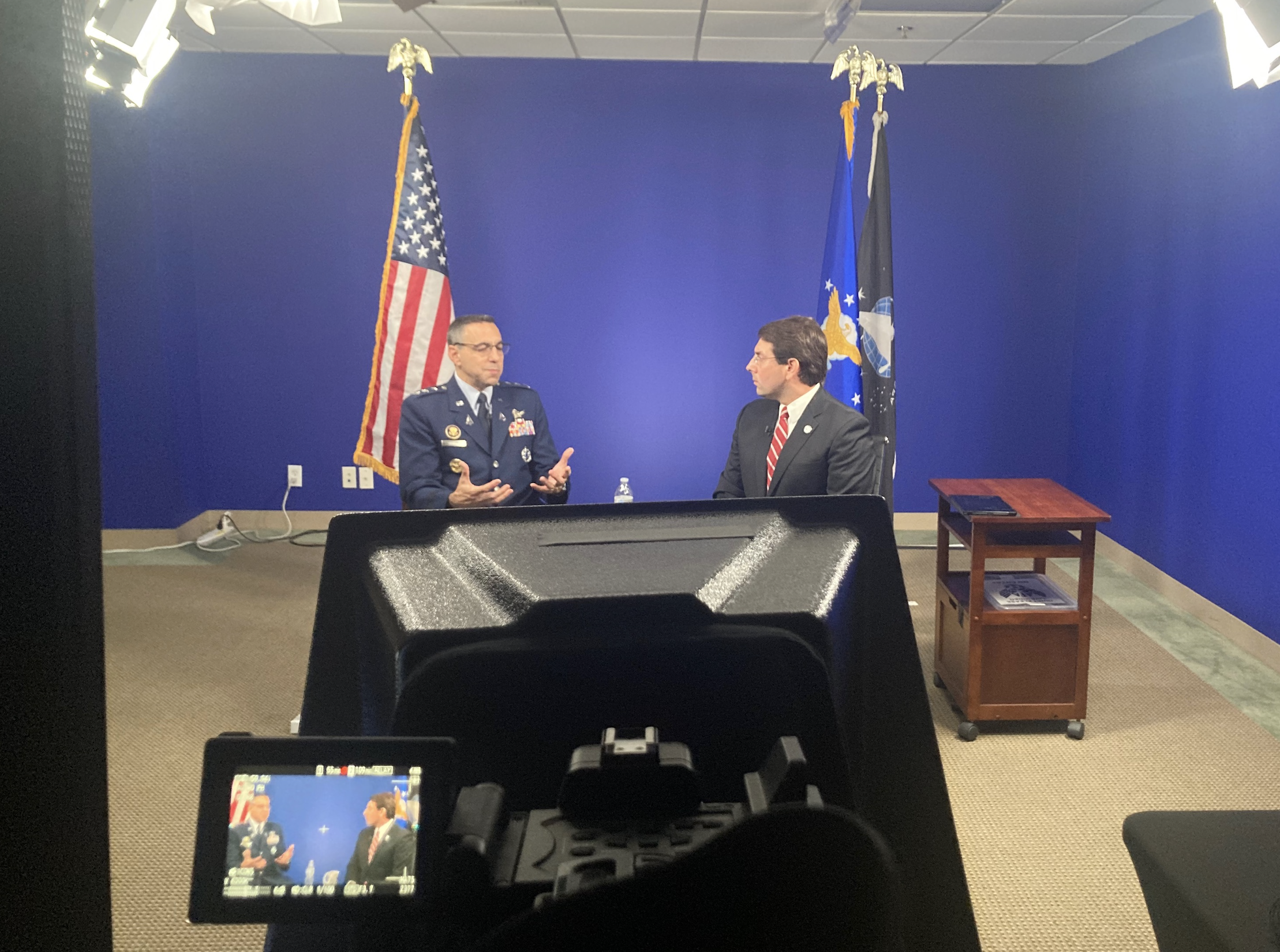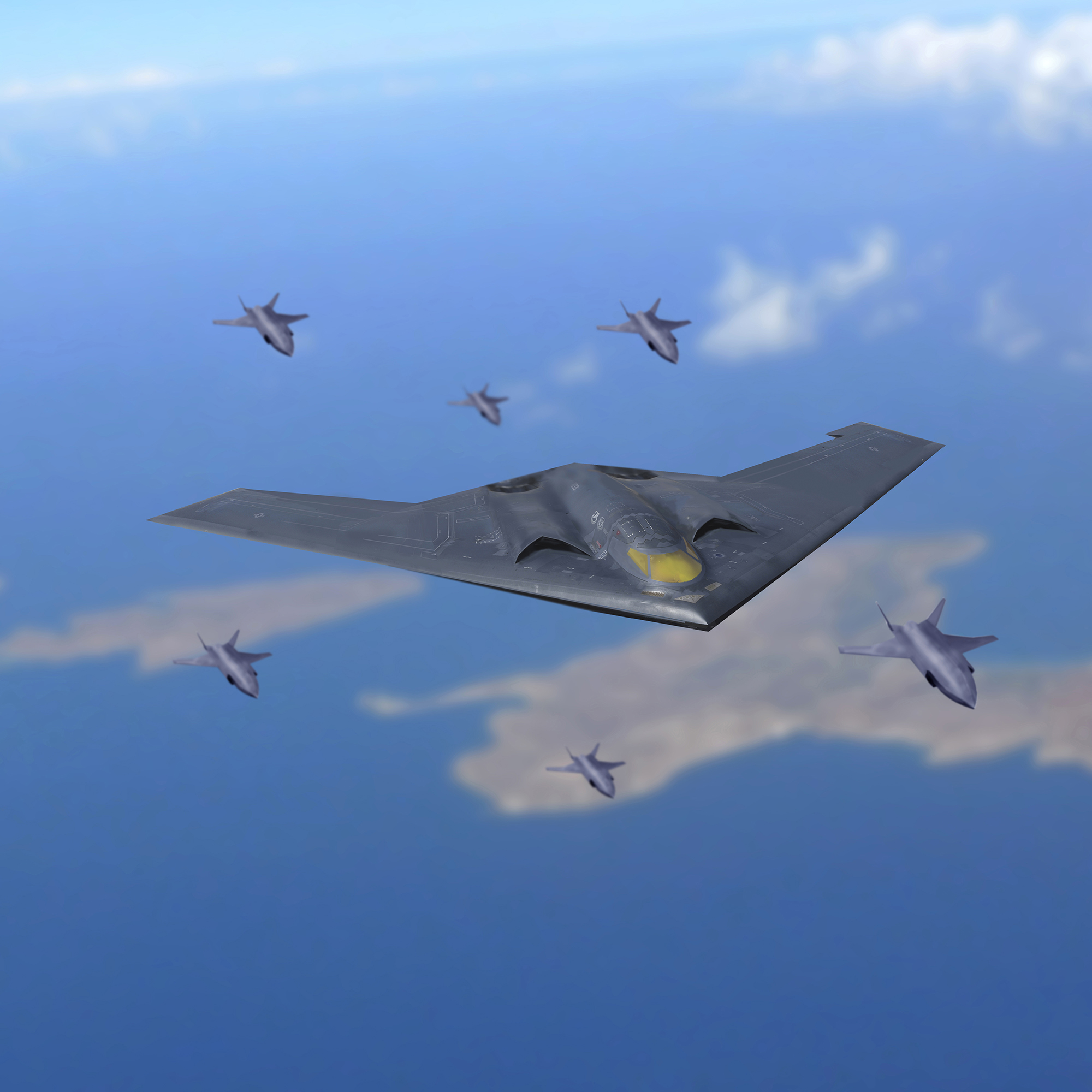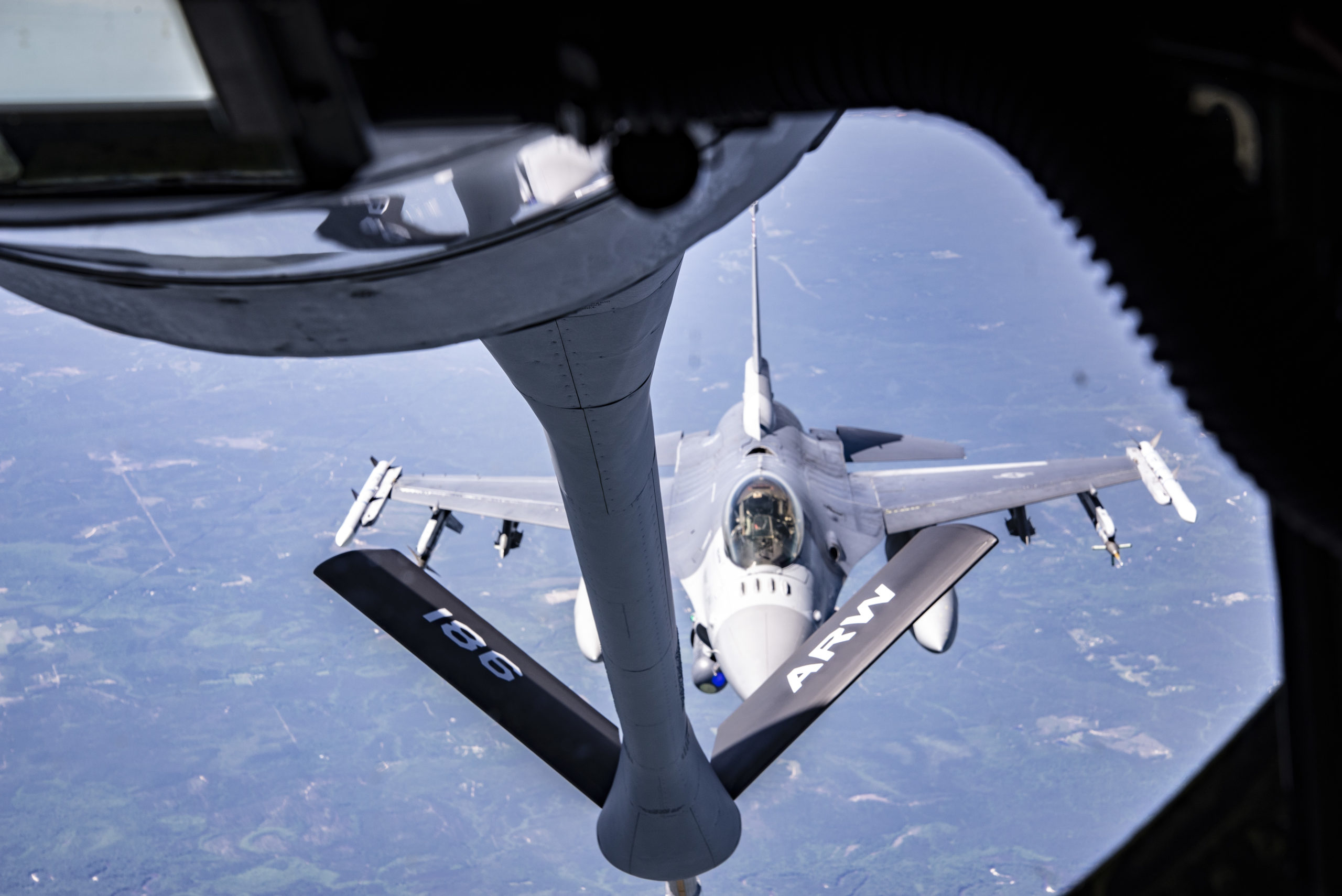The Government Accountability Office identified “significant shortfalls” in the transparency and credibility of the Air Force process that led to the selection of Redstone Arsenal, Ala., as the preferred location for the headquarters of U.S. Space Command in 2020, but it did not identify any laws or policies that were violated, setting up the process to reach its final stages after months of limbo.
The GAO’s report, released June 2, is the second study of the basing decision released in recent weeks, following a report from the Pentagon Inspector General in early May.
That Defense Department IG report concluded that the Air Force’s process was “reasonable” and was primarily focused on identifying whether the Air Force broke the law or deviated from DOD policy. In contrast, the GAO report analyzed the basing decision process against its own “Analysis of Alternatives” best practices, which are aimed at helping “agencies consistently and reliably select program alternatives that best meet their needs.”
Of the 21 best practices recommended by the GAO, the Air Force fully or substantially met seven, partially met seven, and minimally met or did not meet seven. Broken down across four main characteristics, the report found that the Air Force minimally met the best practices for credibility—assigning a score of 2.3 out of 5—and only partially met the best practices for unbiased and well-documented decision—giving each characteristic a score of 3.0 out of 5.
In particular, the report assessed that the Air Force failed to conduct sensitivity analyses, testing whether changes to their base assumptions would fundamentally change scores for each of the six locations identified as finalists.
Air Force officials, however, noted that their basing process complied with federal law and seemingly questioned whether the “Analysis of Alternatives” best practices are applicable for basing decisions.
“We note that the AoA methodology is fundamentally rooted in Major Defense Acquisition Programs,” acting assistant secretary of the Air Force for energy, installations, and environment Edwin H. Oshiba said in a written response to the GAO report. “The objective of the DAF strategic basing process is to provide a relative cost comparison between options, but the Department does not seek to fix a specific ‘program cost.’”
Oshiba also argued in his written response that the Air Force had conducted sensitivity analyses on “workforce and cost-related criteria” at several points, but the GAO rejected that argument, stating that “considering different options or formats for comparing alternatives or reporting results is not the same as performing sensitivity analyses focused on changes in key assumptions,” adding that the Air Force’s analysis was not used to inform key decision-makers about potential uncertainties.
Based on its report, the GAO recommended that the Air Force “develop guidance for future strategic basing decisions that is consistent with GAO’s AoA best practices.” But the report made no mention of reopening the Air Force’s selection of Redstone Arsenal, leading both critics and supporters of the decision to claim validation.
In separate statements, Sen. Richard Shelby (R-Ala.) and Sen. Tommy Tuberville (R-Ala.) both said they were “pleased” with the GAO report, which Shelby said proved the Air Force followed “strict criteria,” and Tuberville calling the process “robust and objective.”
On the other hand, a contingent of Colorado lawmakers—Sen. Michael Bennet (D), Sen. John Hickenlooper (D), Rep. Doug Lamborn (R), and Rep. Jason Crow (D)—released a statement stating that both reports “confirm that the basing process lacked integrity and neglected key national security considerations.”
The selection process for SPACECOM’s permanent home has been a fraught one—the DAF scrapped its first list of finalists selected using its usual strategic basing criteria before then-Defense Secretary Mark T. Esper decided to go with a different process—one developed by Army Futures Command—in which local communities got to make pitches.
As detailed in both the IG and GAO reports, the new process led to a selection phase with six final candidates. After ranking the finalists based on 21 criteria, Redstone Arsenal initially emerged as the preferred candidate. However, the GAO report detailed a late change in information from then-Peterson Air Force Base, Colo., that would have reduced the need for military construction and shortened the timeline for SPACECOM reaching full operational capability. Peterson is now officially a Space Force Base.
That led to Peterson being identified as the preferred location, according to draft documents, going into a White House meeting with top decision-makers. After the meeting, though, Redstone was restored as the preferred location. Former President Donald J. Trump has taken credit for “single-handedly” making that decision, but the GAO report states that there was “not consensus among the officials we interviewed regarding who ultimately made the decision to name Redstone Arsenal as the preferred location.”
Ever since the announcement, Colorado lawmakers have fought hard to keep SPACECOM headquarters at its temporary home of Peterson, demanding investigations into the basing decision. But with the release of the GAO report, the Air Force is moving ahead with the next steps in the process, a service spokeswoman told Air Force Magazine.
Specifically, the Air Force is complying with one of the IG’s recommendations to review concerns expressed by top decision-makers like the Vice Chairman of the Joint Chiefs of Staff, the Space Force’s Chief of Space Operations, and the head of SPACECOM pertaining to the command’s final operational capability timeline. Once that review is completed, it will be incorporated into the final environmental analysis. When that analysis is released, there will be a 120-day period in which the public can offer comments. After that, a final decision will be made.
The spokeswoman declined to give a timeline for when the environmental analysis might be completed, only saying that it would be “soon.”

